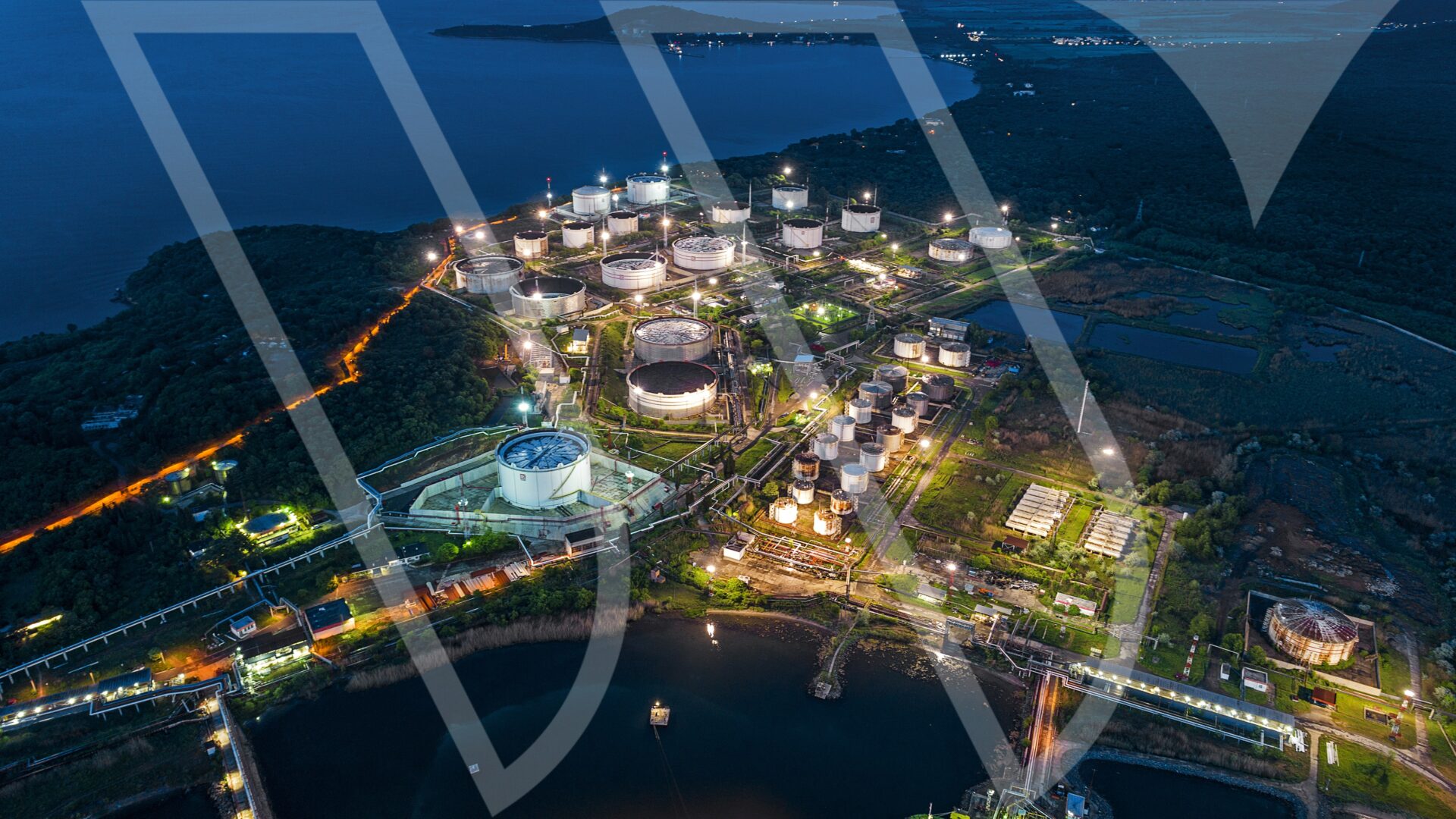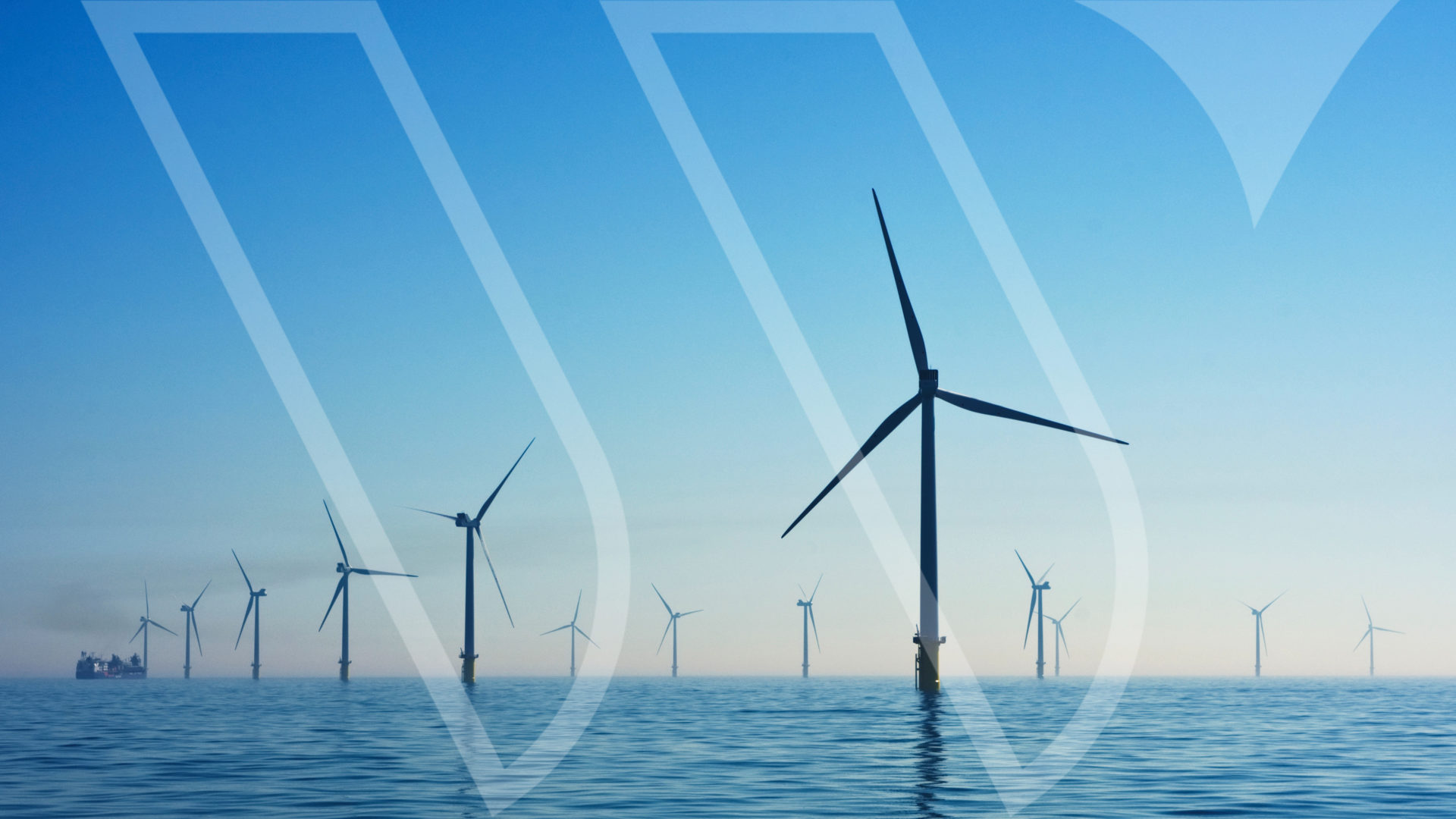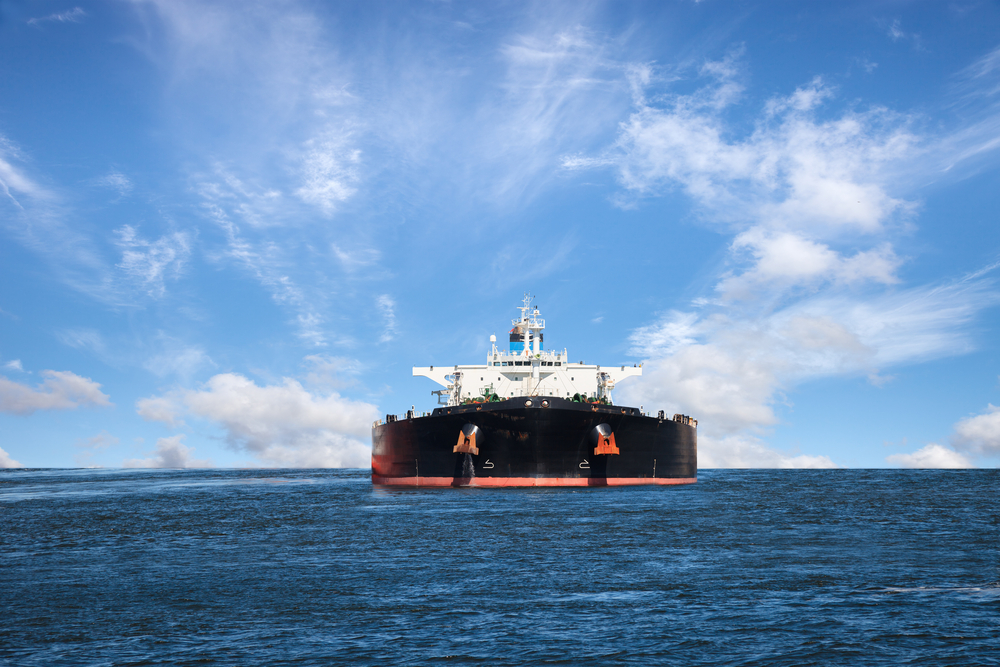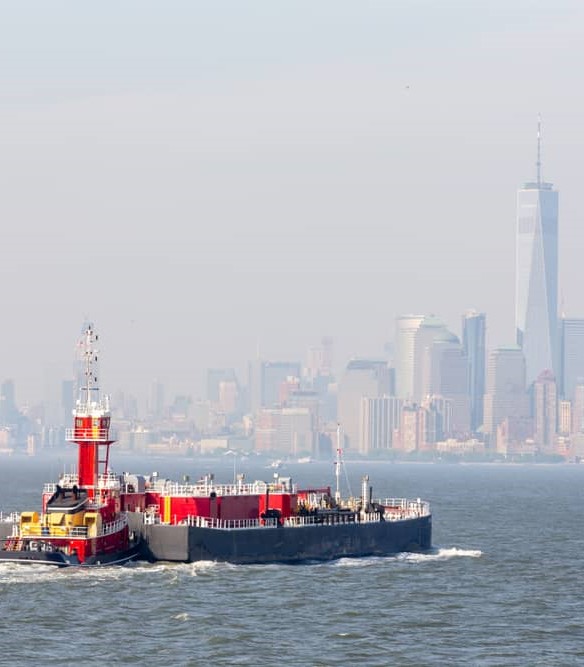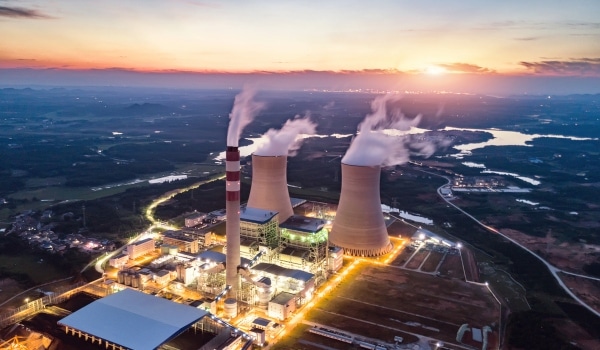
Southern Company (SO): Vogtle Nuclear Project Q220 Quarterly Monitor
Southern Company (SO) Q2 Vogtle Nuclear Project Monitor – Key Highlights:
• Vogtle Expansion: 6-Years Late…And ~$13-$16 Billion Over Budget? (Slides 2-5)
• How Much Will SO Be On The Hook For? (Slides 3-6)
• Something’s Gotta Give: Key Commissioning Milestones Appear Crammed Together To Avoid ROE Reductions (Slides 6-8)
• Cost Projections Were Already Ramping…Before COVID-19 (Slides 9-12)
• Cost Prudency Reviews – A Make Or Break For Stakeholders?…. (Slides 13-19)
For access information, please email us at [email protected]
- Quarterly Deep Dive Into Southern Company’s (SO) $27B Vogtle Nuclear Expansion. Southern Company (SO), is the largest owner of the Vogtle Nuclear Facility, via the 46% held by its wholly-owned subsidiary Georgia Power.
• Vogtle has two active units (Units 1-2), which have been in-service since 1987-89. A two unit expansion (Units 3-4) was approved in 2009
• Units 3 & 4 were originally expected to be in-service in 2016-17 and cost a combined ~$14B, the expansion project is now 6-7 years behind schedule, with costs rising to ~$27B….and potentially higher (slides 3-6).
• Hence, the premise of adding a W|EPC Quarterly Vogtle Project Monitor to our Utility & Energy research platform: Digging into those cost overruns – particularly the bulging EPC costs, to get a more accurate and detailed view of the potential headwind for project stakeholders and SO shareholders.
Regulatory Background: Vogtle is regulated by the Georgia Public Service Commission (GPSC). GPSC’s primary role is to protect rate payers & determine if project costs can be justifiably passed-through via utility rates. In the quarters that follow we’ll venture to aggregate, analyze, and interpret cost overruns through the lens of GPSC, to put together a thoughtful estimate of what cost overruns will eventually land with SO shareholders.

For access information, please email us at [email protected]
Read More client log-in
client log-in
